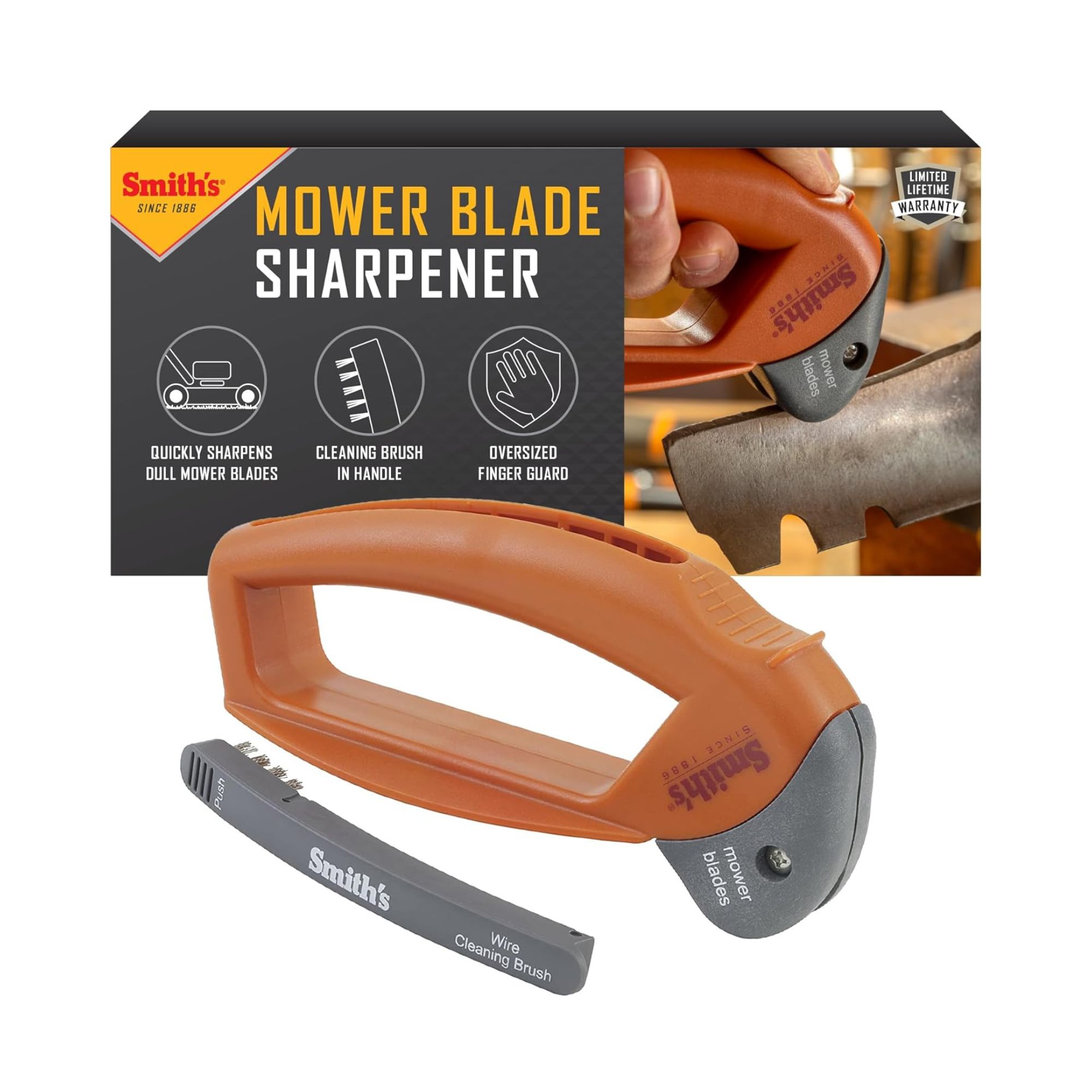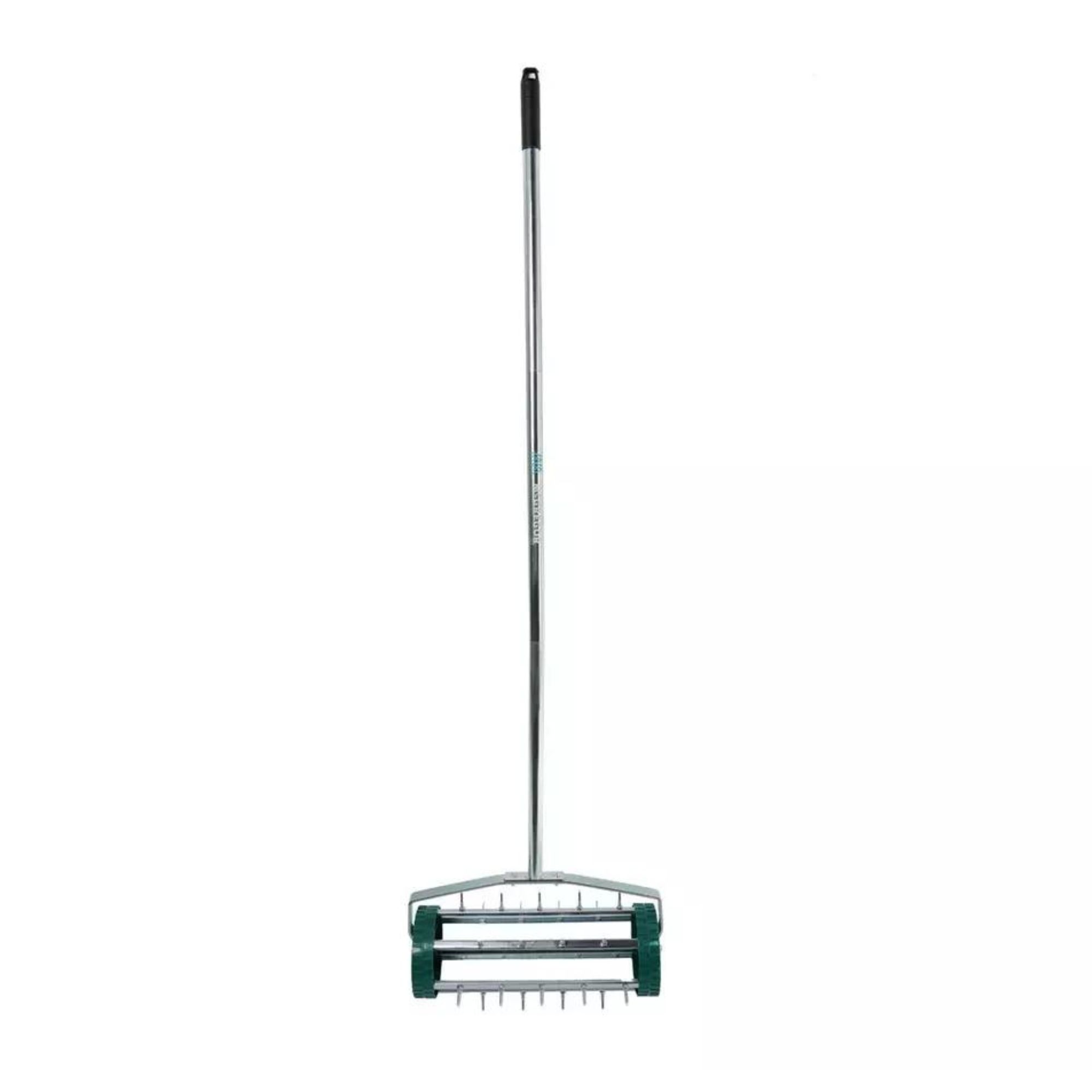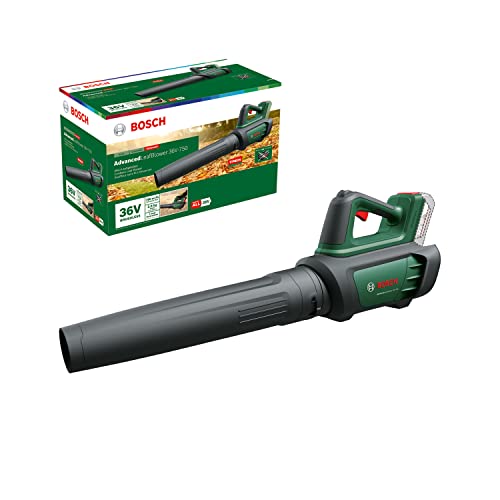At what temperature does grass stop growing? Experts reveal the exact temperature and what that means for your winter lawn care
It’s probably lower than you’d think
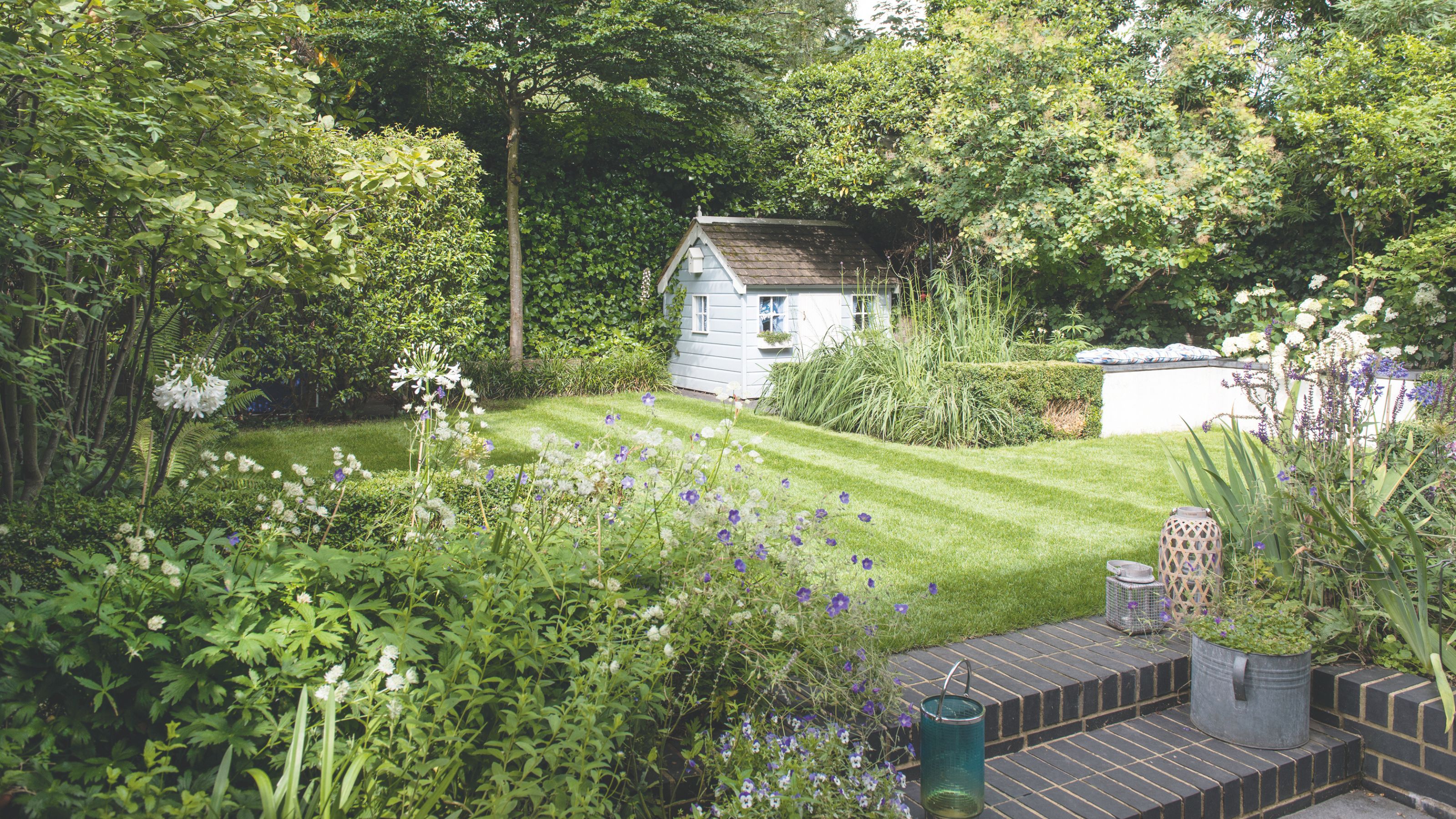

You probably don’t need us to tell you November is a strange month temperature-wise. One minute, it’s fairly mild, and the next minute, temperatures plummet to near freezing, leaving garden jobs the last thing on your mind. Helpfully, as it gets colder, your garden might become a lot more low maintenance. But when it comes to your lawn, at what temperature does grass stop growing?
No matter whether you’re a devout lawn care follower or you just whip out one of the best lawn mowers to give your grass a trim every now and then, you need to understand how the weather can affect your lawn care calendar. And a big part of that is understanding what certain temperatures mean for your grass - and how that affects your winter to-do list.
By knowing at what temperature grass stops growing, you can figure out your next lawn care move to protect your grass over winter. After all, as Jim Kirkwood, garden expert at Worx, explains, ‘By aligning mowing habits and garden tasks with seasonal changes, you'll help your lawn stay healthy through the colder months.’
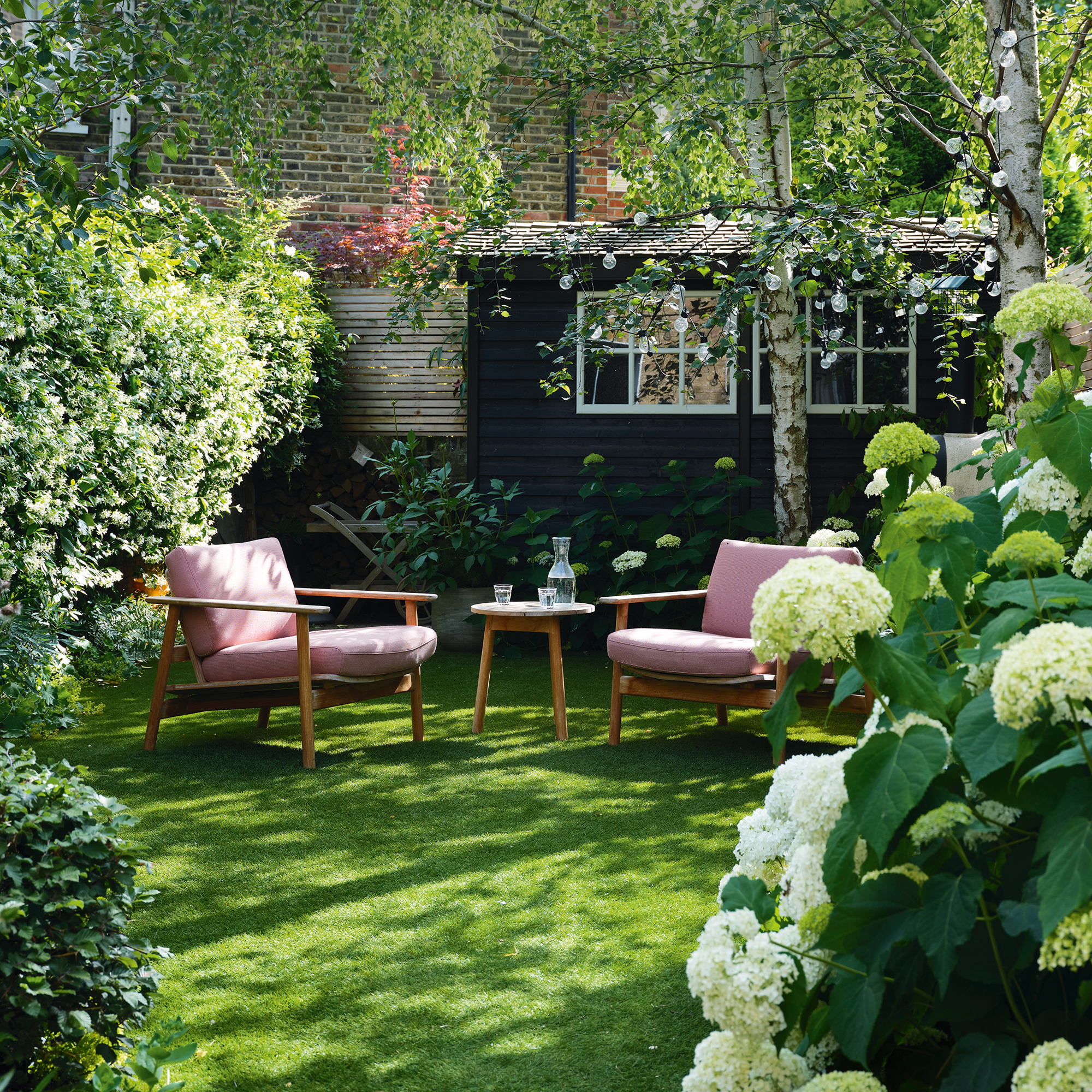
At what temperature does grass stop growing?
We’ve already seen the first frost of the year (and even a bit of snow in some cases), but with temperatures due to go up again before Christmas, your lawn care efforts might not be over just yet.
John Marshall, Landscaping expert at Wenningdale Escapes, explains, ‘During winter, the grass plant goes into a dormant period when there is less sun and the ground temperatures fall below 5°C. This will naturally slow or stop growth rates altogether.’
In fact, you could say that your lawn goes into hibernation mode during the winter months - and this is for good reason, too.
‘This is due to it conserving energy as factors including the amount of nutrients available, lack of sunlight slowing photosynthesis and decreased water uptake come into play,’ says Chris McIlroy, lawn expert at The Grass People.
Sign up to our newsletter for style inspiration, real homes, project and garden advice and shopping know-how
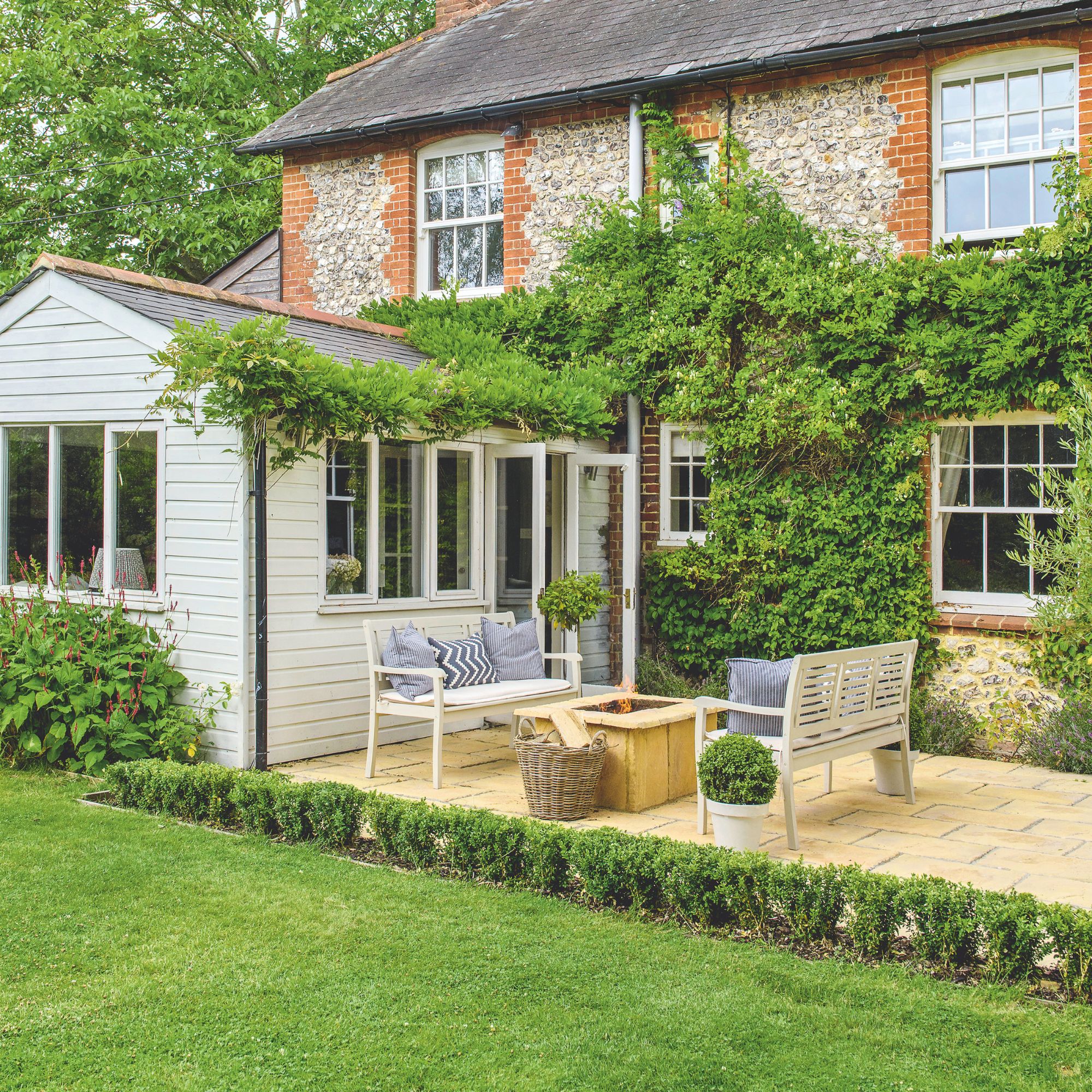

A seasoned garden expert, Jim serves as the director of product management at Worx, where he has spent the past 11 years. Following two decades in the garden industry, Jim is passionate about battery power and focuses much of his time innovating and working on Worx’s powerful and interchangeable Powershare battery system.
But while 5°C is generally the temperature at which grass stops growing, many experts suggest keeping an eye on your grass before it dips below this temperature.
Jim advises, ‘The best way to protect your lawn is by keeping an eye on the temperature and recognising when it consistently drops below 10°C.’ When you notice that it’s starting to drop, it’s worth putting some plans into motion and making sure your grass is prepared for the cold months ahead.
Yes, this means that you should gear yourself up to cut your grass for the last time before winter if you haven’t already done so. You should take caution when doing this, though.
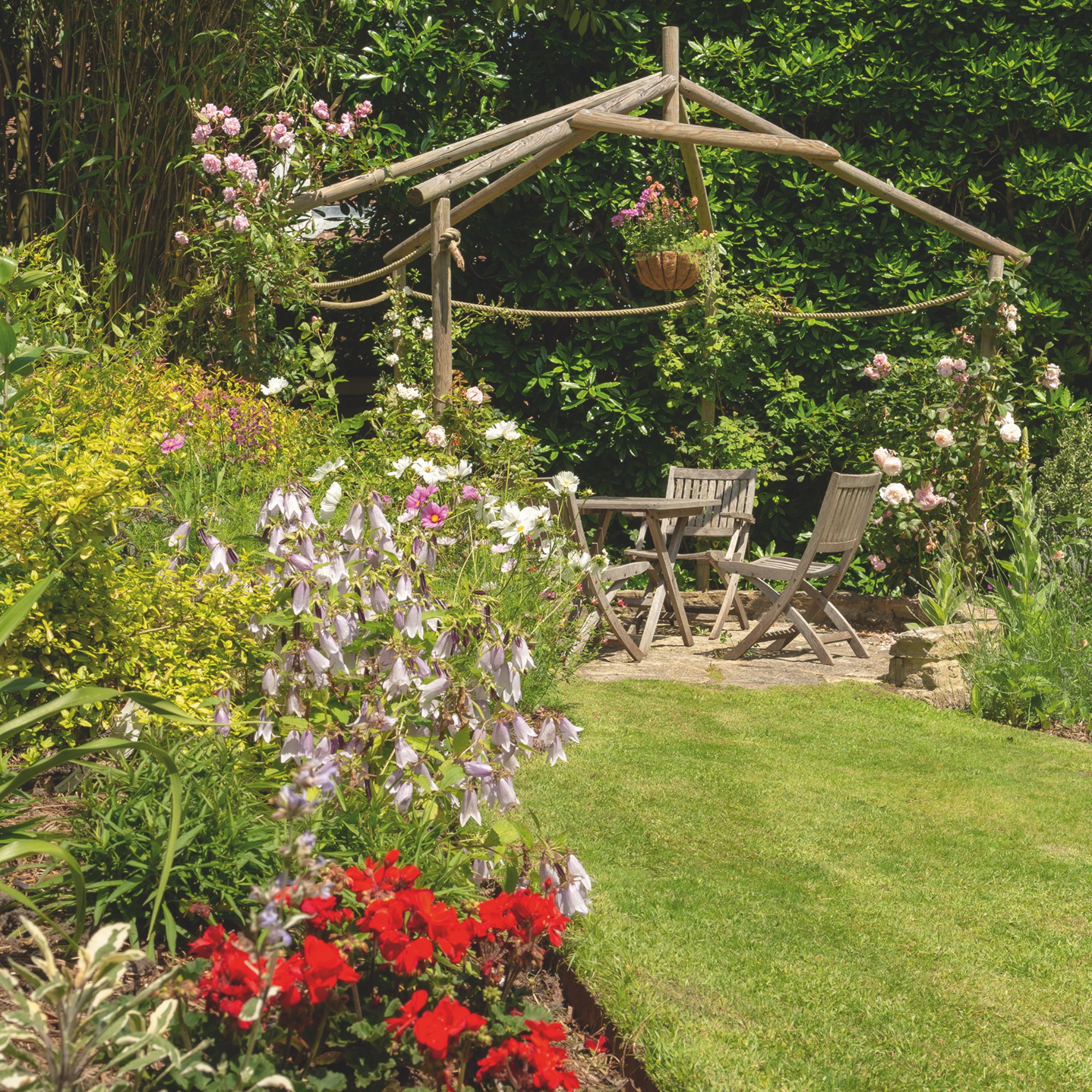
Chris says, ‘If you haven’t mowed your lawn for the last time and you’re keen to get a cut in, then proceed with caution. Wait until the lawn is as dry as possible and the conditions are relatively mild, and put your mower blades on the highest setting as you want your lawn to be a little longer to protect it throughout the colder months. 2.3 to 3 inches for most lawns to provide a protective layer and insulate roots.’
But while you might assume that you can tick this task off your to-do list when the temperature gets to 5°C and your grass stops growing, the reality is that lawn care never stops - even when it’s in hibernation mode.
Jim echoes this, saying, ‘Though your final cut of the season may be completed, it doesn’t mean your work for the winter is over. Other essential winter garden jobs such as the removal of weeds, trimming of lawn edges, aeration of the lawn and sweeping of leaves are essential for overall lawn health.’
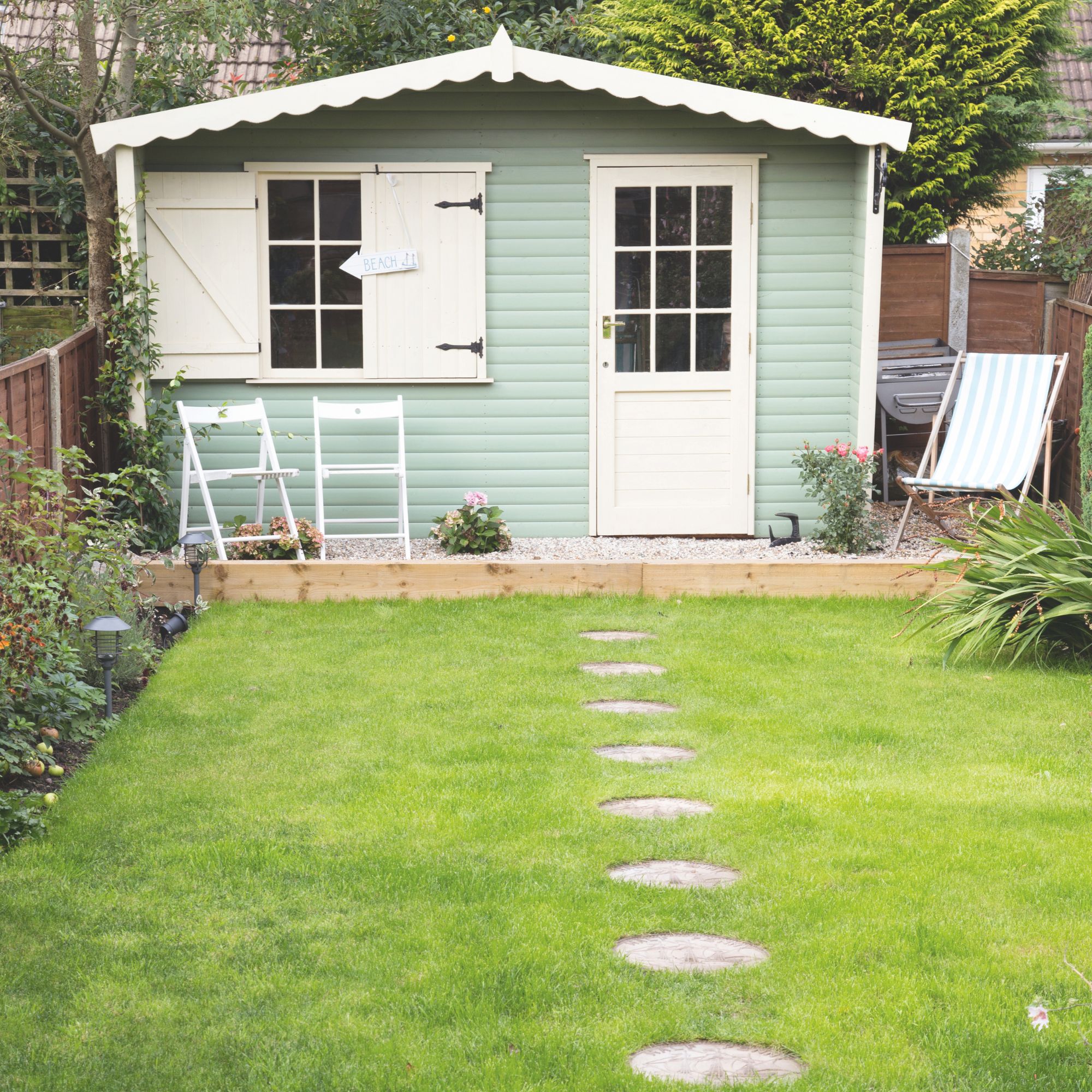
In fact, removing leaves from your lawn is incredibly important - but there are some circumstances where you won’t need to. Because of this, it’s best to base your decision on a case-by-case basis.
There are some admin tasks you can do when it’s reached a temperature when grass stops growing, too. First and foremost, you can sharpen your lawn mower blades. And when you’ve done that, you can store your lawn mower for winter.
‘You won’t need to get your mower out again until spring time when temperatures are consistently above the 8-10°C mark, which is when grass will be growing again,’ explains Chris.
FAQs
Will grass grow at 6°C?
Generally, grass shoot growth stops at 5°C, which means that it may still grow at 6°C. But growth will be limited during this time, so you shouldn’t expect it to grow too much. In fact, the growth may not even be noticeable to the naked eye.
Because of this, it’s highly unlikely that you’ll need to mow your lawn when the weather drops down to 6°C. Instead, you can just wait until the temperature starts to rise again in spring.
Should I leave my grass long or short for winter UK?
You should always aim to leave your grass long for winter in the UK, and experts agree that anything between 2.3 to 3 inches in height is sufficient. There are many reasons why you should do this, including:
- Protection from the frost and cold temperatures.
- The blades will still be able to absorb sunlight and moisture.
- Provides shelter for wildlife.
- Protects the roots from damage.
Is it okay to cut grass with morning dew?
Experts generally recommend that you shouldn’t cut wet grass to protect both your lawn and your lawn mower. However, as morning dew is typically dryer than rain-soaked grass, this should be fine.
Just remember to only mow a small amount during this time to avoid ripping or tearing the grass from the ground. And if you feel like it’s causing any damage to your lawn mower, it’s always best to stop and wait until the grass is dry again.

Lauren Bradbury has been the Content Editor for the House Manual section since January 2025 but worked with the team as a freelancer for a year and a half before that. She graduated with a Bachelor’s degree in English and Creative Writing from the University of Chichester in 2016. Then, she dipped her toe into the world of content writing, primarily focusing on home content. After years of agency work, she decided to take the plunge and become a full-time freelancer for online publications, including Real Homes and Ideal Home, before taking on this permanent role. Now, she spends her days searching for the best decluttering and cleaning hacks and creating handy how-to guides for homeowners and renters alike, as well as testing vacuums as part of her role as the Ideal Home Certified Expert in Training on Vacuums, having spent over 110 hours testing different vacuum models to date!
